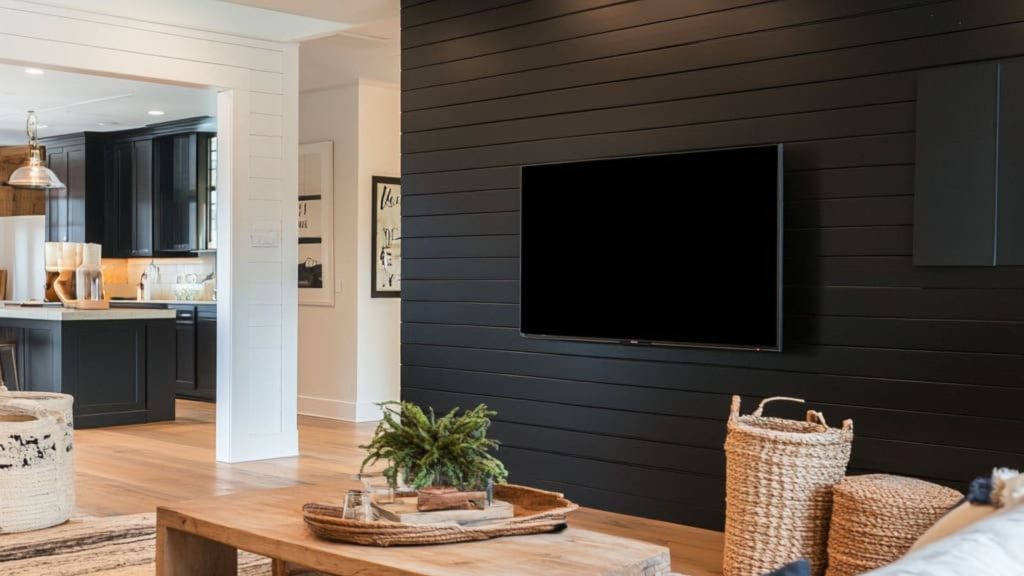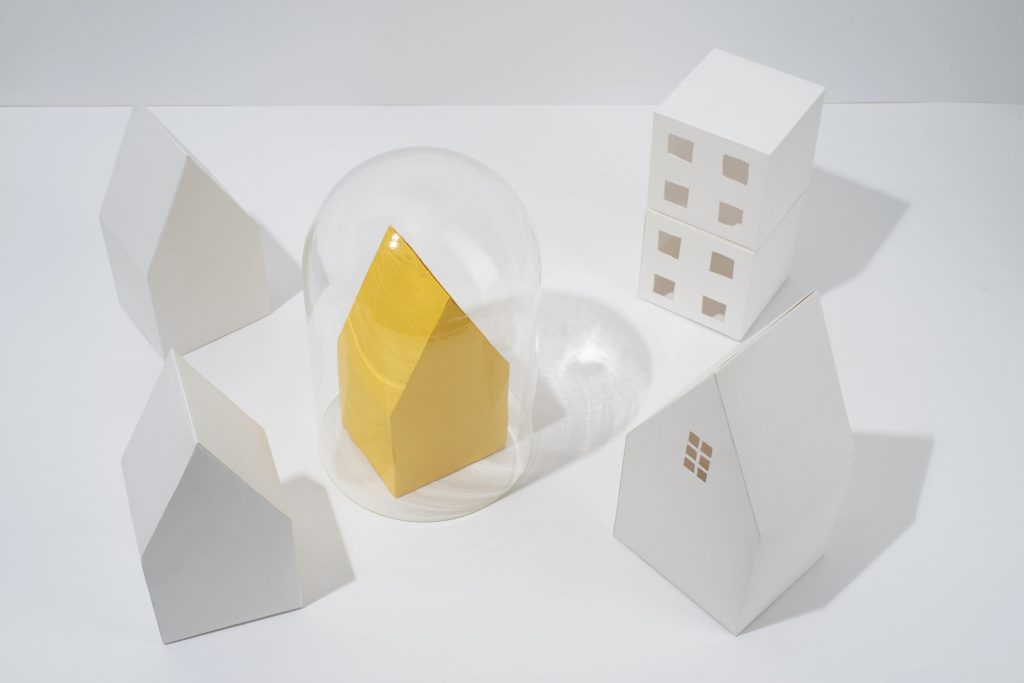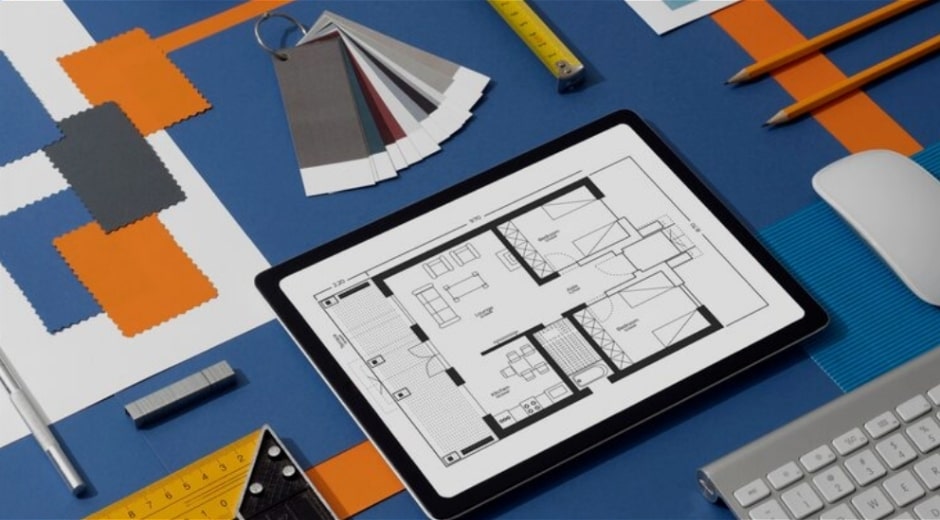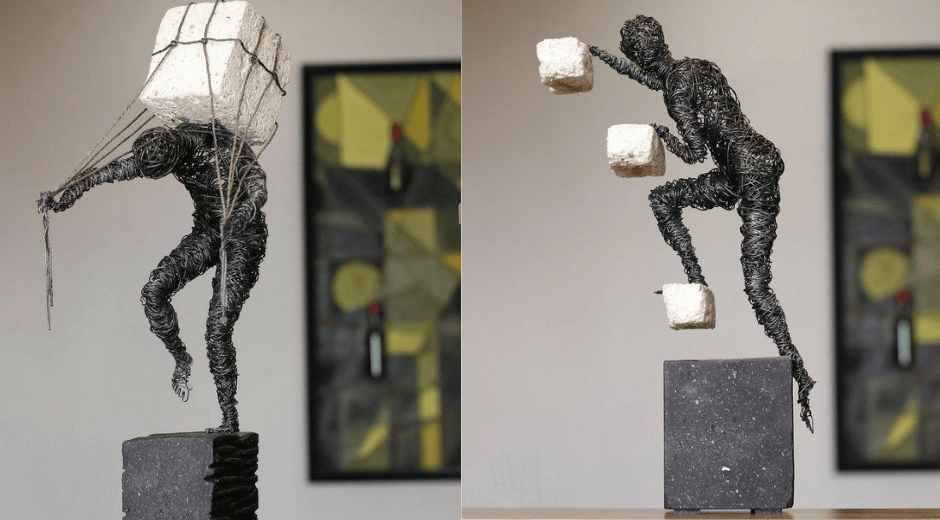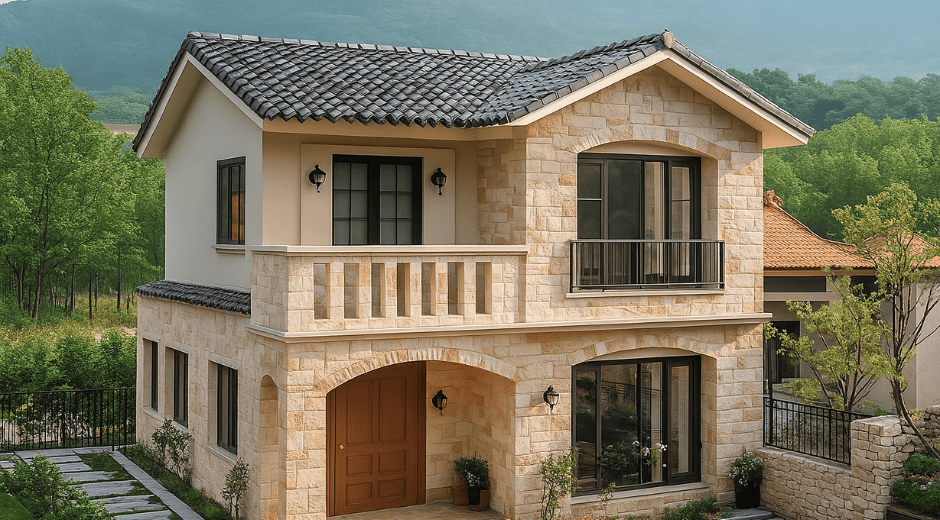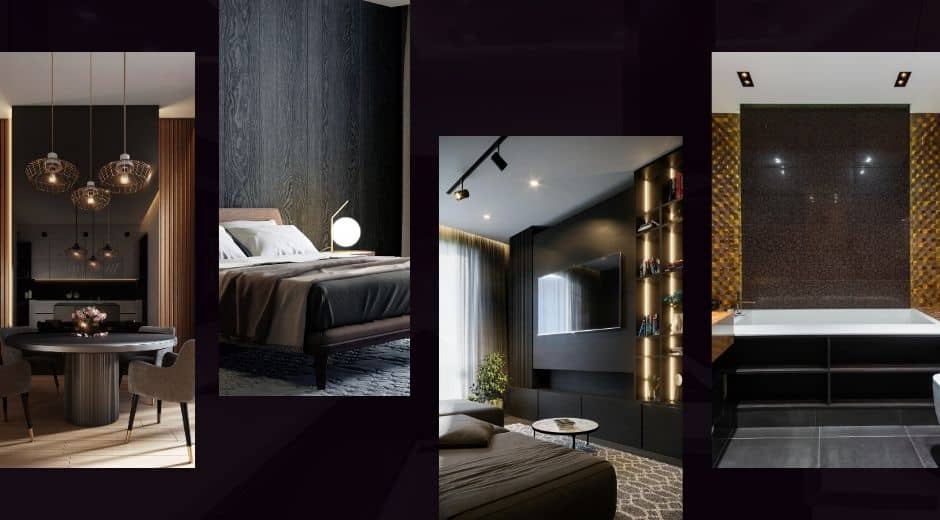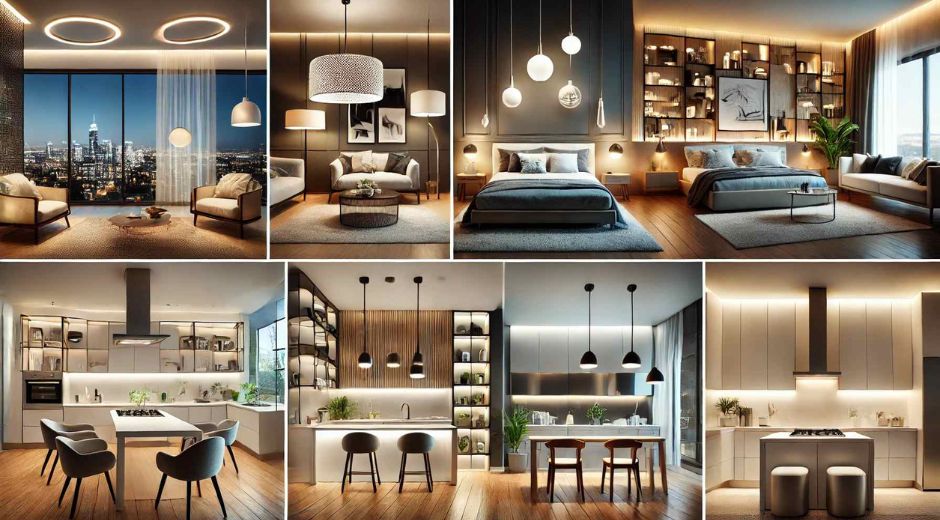Statement Walls Done Right: Bold Choices Without Overwhelming the Room
Statement Walls Done Right: Bold Choices Without Overwhelming the Room
In interior design, the concept of creating a Statement within a room goes far beyond using loud colors or flashy décor. A powerful feature wall can anchor an entire space, guide the flow of furnishings, and give a room a recognizable identity. Yet, the line between impactful and overwhelming is thinner than most people expect. Many homes attempt to make a Statement, but end up overpowering the space instead of enhancing it. The goal is not noise; the goal is direction, focus, and atmosphere.
A feature wall should feel intentional — something that draws the eye, influences the mood, and elevates a room from “ordinary” to thoughtfully curated. Whether the aim is bold contrast, natural texture, soft warmth, or artistic personality, the execution matters more than the ambition.
Understanding What a Statement Wall Really Is
A Statement wall is not simply the wall that looks different — it’s the wall that guides how the entire room is interpreted. It becomes the visual anchor, the composition’s foundation. When done effectively, it reduces the need for excessive décor. Instead of cluttering the space with objects, the wall itself communicates style, purpose, and character.
Before choosing materials or colors, consider the psychological purpose of the room:
Living rooms need ease and invitation.
Bedrooms need serenity and grounding.
Workspaces need focus and clarity.
Matching the emotional function with the visual design ensures the Statement feels natural instead of forced.
Color as a Strategic Design Tool
Color is often the first approach people consider, but execution requires care. A vibrant paint shade should not exist in isolation. It needs visual partners: complementary accents, balanced lighting, and supporting textures.
The Statement wall should relate to something already present: a piece of furniture, an architectural element, a flooring tone, or even a view. This creates visual continuity. Without this relationship, even a beautiful color may feel disconnected or aggressive.
Earth tones bring calm, deep blues evoke reflection, muted greens foster connection, while rich terracotta or burgundy can infuse warmth and sophistication. The emphasis is on tone layering, not shock value.
Texture: The Underestimated Dimension
Texture introduces depth — sometimes more powerfully than color. Wood paneling, stone veneer, patterned plaster, or fabric wall treatments can turn a surface into an architectural narrative.
A textured Statement wall works especially well in rooms with neutral palettes or minimal décor. It catches light differently throughout the day, adding motion and softness. Unlike bold color, texture rarely overwhelms. It invites touch, curiosity, and quiet presence.
This is also a place where accessible brands like IKEA offer options for textured surfaces, decorative panels, shelving, and finishes that allow homeowners to experiment without major renovation. Exploring catalog ideas can help refine both direction and mood: https://www.ikea.com/
Pattern and Artwork: Expressing Personality with Restraint
Pattern is where personality often comes forward: geometric shapes, subtle organic designs, large abstract murals, or soft repeating motifs. However, scale matters. A pattern that is too small can look busy from a distance, while a pattern that is too large may dominate the room.
If the Statement includes artwork, avoid turning the wall into a gallery for many small pieces. Instead, one large piece or a confident central composition gives the eye one strong focus point. The room feels purposeful rather than cluttered.
A wall full of memories, framed prints, or collected illustrations can still read as elegant — as long as spacing, alignment, and visual rhythm are intentional.
Lighting: The Silent Enhancer
Lighting determines how a Statement wall is perceived. Directional lighting highlights texture. Warm lighting deepens color. Cool lighting makes patterns crisp and defined. Without considered lighting, even the most impressive design element may fall flat.
Layer lighting sources:
Overhead ambient light
Accent wall sconces
Table or floor lamps to soften transitions
The interplay of light and shadow creates atmosphere, and the Statement becomes dynamic instead of static.
Choosing the Right Wall
Not every wall is meant to be highlighted. The Statement wall should be the one your eyes naturally find when entering the room. Often, this is the wall behind the main sofa, the headboard wall in a bedroom, or the wall opposite the main entrance.
Avoid creating a Statement on a wall cluttered with windows, doors, or shelving interruptions. Clean form leads to strong presence.
Observing Real Case Studies
Design magazines, architectural journals, and curated visual archives offer many examples of well-balanced use of bold walls. Resources like https://newspapersio.com/ allow access to interior design articles across time periods, showing how decorative approaches evolve but the underlying design logic remains consistent: clarity, intention, and emotional alignment.
Studying real spaces helps train the eye to see what feels grounded and what feels excessive.
Balancing the Room Around the Statement Wall
Once the Statement wall is established, the rest of the room should support it — not compete with it.
Strategies include:
Keeping surrounding walls neutral
Choosing furniture with simplified silhouettes
Repeating small tone accents to unify the palette
This creates harmony. The Statement becomes a guiding presence, not an isolated decoration.
Even accessories — pillows, ceramics, rugs — should reference the wall subtly in color or texture. The effect is cohesive, calm, and curated.
Final Thoughts: Confidence and Moderation
At the core of any successful Statement wall is restraint. It is bold, but not brash. It invites attention, but does not demand it. It provides focus, but leaves room for life to occur around it.
For more home design guidance, interior planning advice, and space styling principles, you can explore resources on:
https://metropropertyhomes.com
A Statement wall is not simply decoration — it is identity. When approached with thoughtfulness, emotional awareness, and clarity of intention, it transforms the room into a reflection of both function and personality.
Easy steps to Luxury
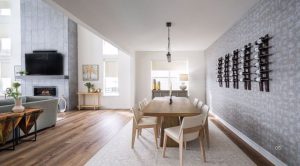
Space Flow: How Seamless Design Shapes Modern Homes
Discover how space flow transforms interior design by enhancing comfort, connection, and functionality in modern living environments.

Property Value: Key Factors That Influence Real Estate Prices
Discover the main factors that determine property value and learn how market trends, location, and design choices impact real estate prices.
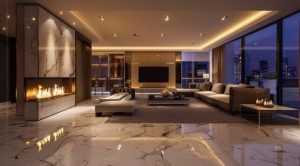
Modern Elegance: Redefining Luxury Living in Contemporary
Discover how modern elegance transforms luxury living with refined simplicity, timeless design, and sophisticated comfort for today’s homeowners.
